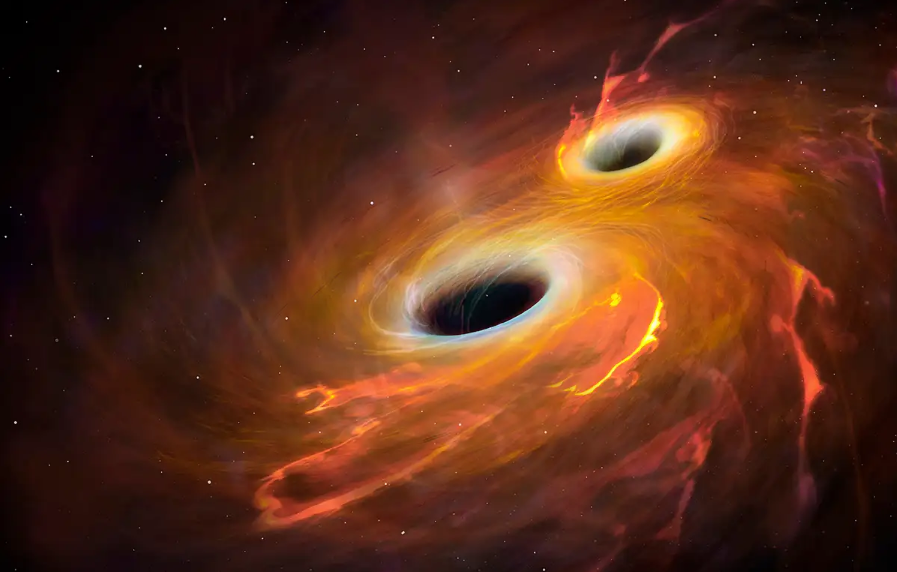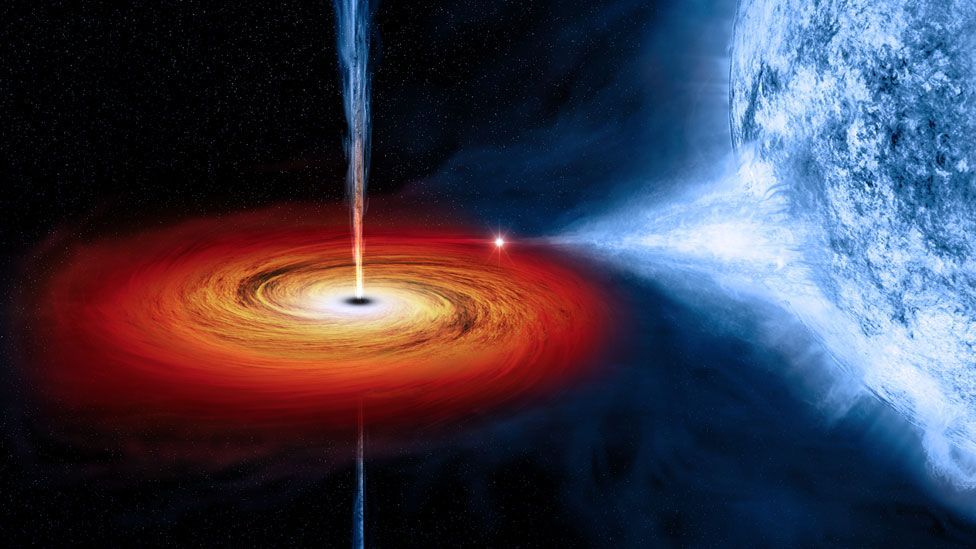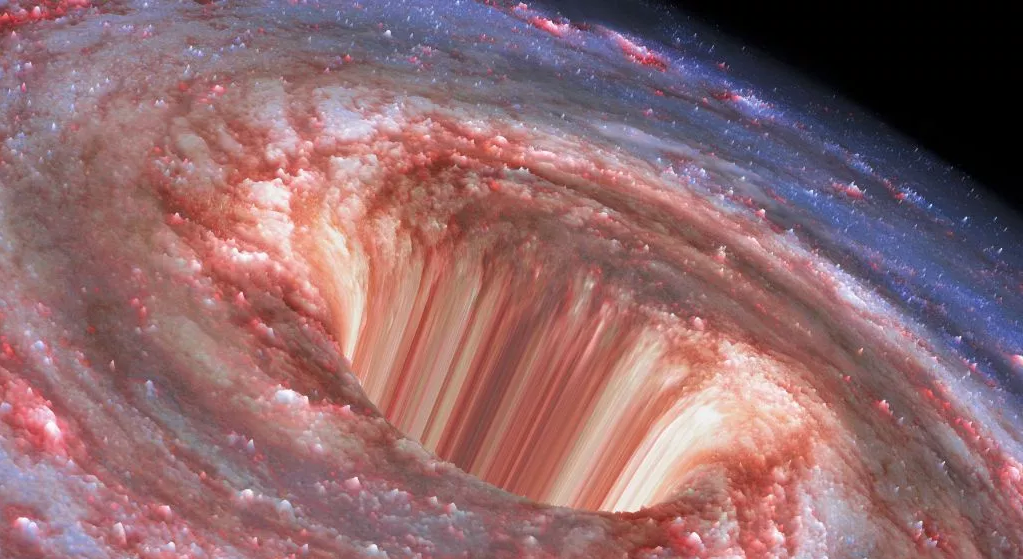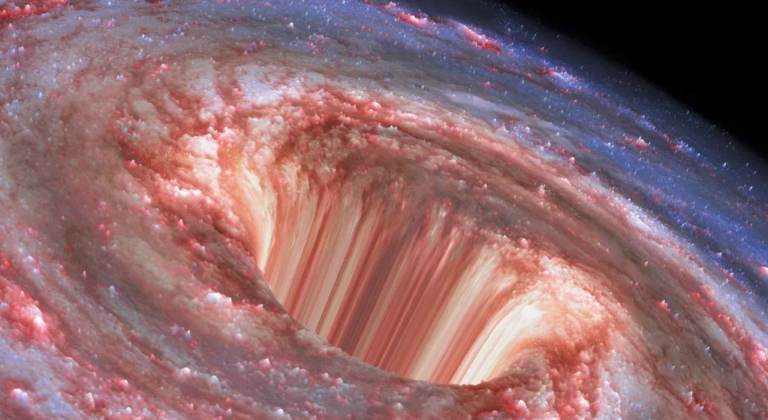Early 17 miles, or 27 kilometers, Black Holes Could Become Massive Particle Αccelerators.
Many things are propelled to unbelievable speeds as they approach the outer horizon. Some physicists have suggested using black holes’ gravitational pull to produce potent particle accelerators. According to recent research, the idea is to carefully arrange everything to prevent particles from becoming lost in the infinite black hole. This novel concept could make it possible to identify black holes by the streams of particles they release.

Imagine that a particle is beginning to fall into a black hole. Similar to how a ball speeds up while rolling down a hill, it accelerates as it gets closer to the black hole. In actuality, a black hole’s gravity is so intense that particles may fall into it faster than the speed of light, making it far worse than a ball rolling down a hill.

The evet horizon, or the distance at which falling particles exceed the speed of light, defines the boundary of the black hole.
If a particle falls in, it is stuck below the edge of the universe with no escape. If you’re thinking about building a particle accelerator, that region is off limits because such an accelerator wouldn’t be practical at all.
However, that is only the tale of one single particle. Things can become erratic when two or more particles interact.
Each particle has a significant energy spike as it approaches a black hole. The biggest atom smasher in the world, the Large Hadro Collider, accelerates heavy particles to over 99% of the speed of light but it requires a lot of labor (as in the case of a ring of superconducting particles that spans almost 17 miles or 27 kilometers in length). Black holes generate such insane acceleration just by existing.
As they near the evet horizon, the two particles accelerate. And if they just so happen to collide in the proper combination of speed and direction, one of them may fall to its grave while the other skirts the edge of the upper atmosphere before flying off to safety.
It depends on how near the particles can get to the extreme horizon (and how close they can go to the speed of light) at the instant of the collision for these uncommon collisions to occur with arbitrarily high energies.

For rotating black holes, this rimshot particle accelerator might function even better. Due to their extremely high spin, these black holes have the ability to twist space-time around the event horizon, allowing more particles to pass through before vanishing into singularity.
There is one catch to this tale, though. This black-hole-as-particle-cause scenario has only been tested in the case of “extremal” black holes due to the intricacy of the underlying mathematics. These are theoretical black holes with the least amount of mass and fastest conceivable rotation. In actuality, scientists believe that black holes are typically far larger than they need to be, if not always.
This would render actual black holes “o-extremal,” which means that up until this point, physicists were unsure whether or not they could function as particle colliders.
They succeed thanks to recent study that was published in the premier database arXiv and is scheduled to be published in the journal of physical review D. According to recent research, more realistic black holes, such as those that are enormous, rotate, and electrically charged, may still accelerate particles effectively.
But it’s not just a single particle. The incoming particles must be moving at already high rates in order to provide the required high-speed kick, which kind of eliminates the point. However, the researchers discovered that several low-speed collisions may occur near the horizon, producing the desired high-energy outcome.
Unfortunately, since the collisions have occurred at the edge of the horizon in an effort to produce so much energy, when the objects leave the black hole, they must struggle against the nearly overwhelming gravity, which slows them down before they can reach total freedom in interstellar space. Fortunately, the researchers found a solution to that issue as well, demonstrating that high-energy collisions may occur around rotating black holes without approaching the event horizon. This means that particles can fly off in a brilliant display.
Do not forget to share your opinion with us to provide you with the best posts !




0 Comments